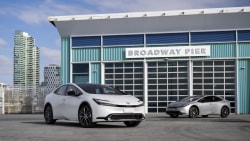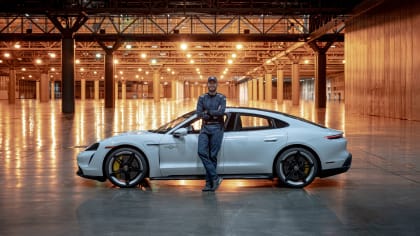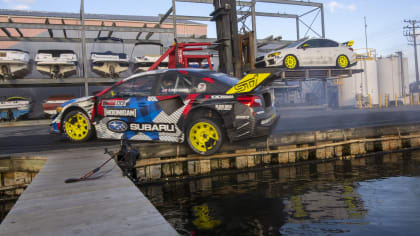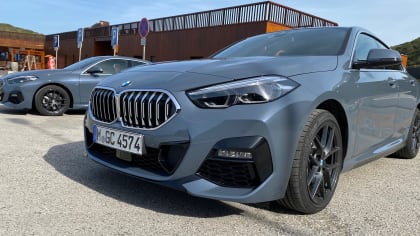2020 Toyota Corolla Hybrid
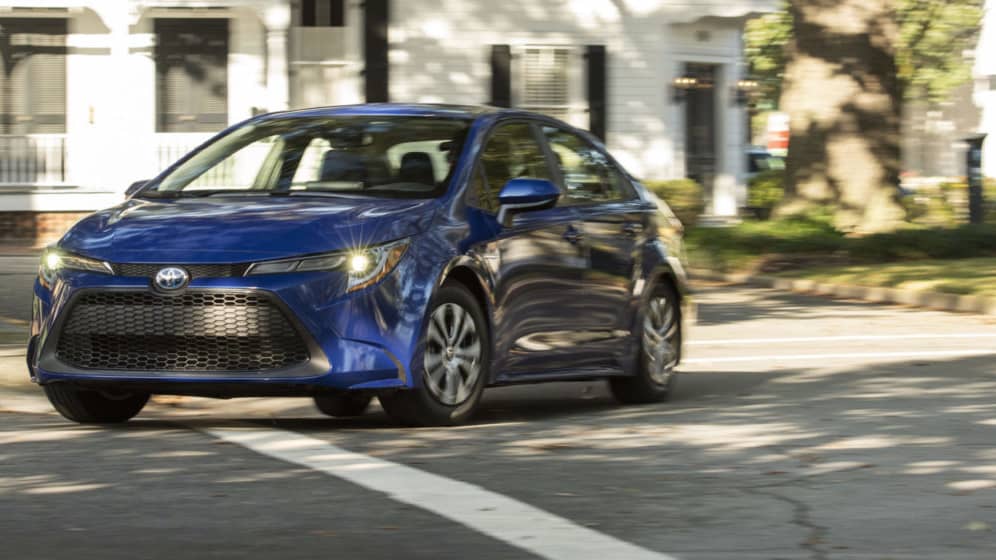
Toyota Delivers a Prius in Corolla Clothing
The Toyota Corolla Hybrid returns 52 mpg, carries a highway range of 730 miles, and is $1000 cheaper than the Prius LE.
By Roy Nakano
Sun, Sep 8, 2019 04:02 PM PST
A Corolla with gas mileage comparable to the Prius—let’s ponder on that for a moment. Now ponder this: Its MSRP is $23,880. By comparison, the Prius LE will run you $24,980. It’s the 2020 Toyota Corolla Hybrid, and there are 10 facts about the car you should know if you’re in the market for an affordable, ultra-fuel efficient vehicle.
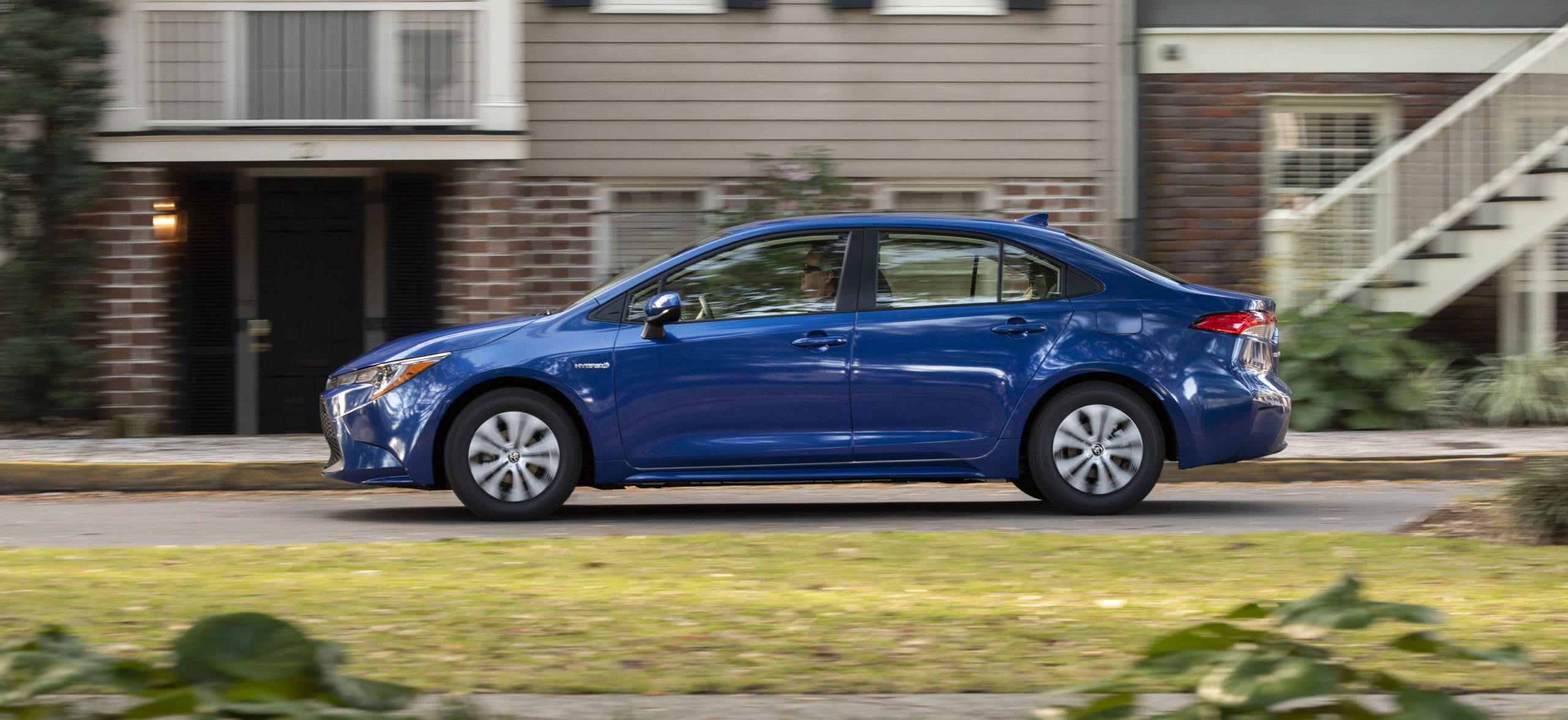
1. It doesn’t look like a Prius
For all the awards bestowed upon the Prius, none were for its beauty. While many people hated the car early on because of the reputation of its owners’ smugness (the baton has since been handed over to Tesla owners), still others admired the car but couldn’t get past the Prius’ post-Pontiac Aztek aesthetics. To add insult to injury, there are zillions of them now on the road. Whatever uniqueness the design once carried is now lost.
The new Corolla Hybrid doesn’t look anything like a Prius means it can win over those high mileage-minded holdouts seeking a hybrid vehicle, but not one that looks like a Prius. That the Corolla Hybrid is able to go toe-to-toe with the Prius for fuel economy is a feat unto itself. But the Corolla Hybrid also matches the Prius in its mechanical makeup and hybrid system—including the hybrid electric battery pack that it sports. Its time-tested underpinnings have already won over America’s taxi fleet, which is almost entirely comprised of Priuses (Prii?). There’s a reason taxi drivers have stuck like glue to the Prius—no other car can match its long-term cost-to-run ratio.
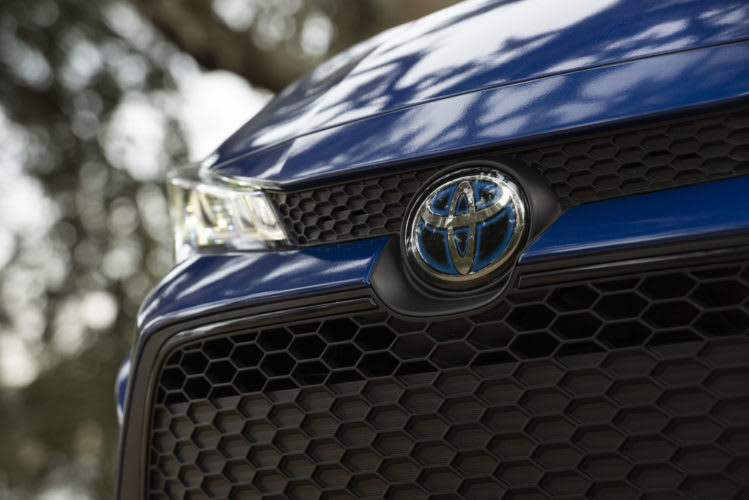
2. It’s a Corolla
We were nearing high school graduation, and Blane Okutsu got his first car. It was a first generation Toyota Corolla—an E17 1200cc Sprinter Hardtop Coupe with a four-speed. Blane used it to learn how to drive a manual transmission. After missing numerous shifts and hearing the all-too-frequent sound of grinding gears, Blane decided he was going to run the car ragged with the hope that Toyota will declare it defective and get him a new one under warranty. And so he proceeded to drive the car hard, speed-shifting at every opportunity, and racing the engine from stoplight to stoplight.
There was just one problem: the car never broke. No matter what he did to the car, it just kept on running. There were no visits to the dealer to find out what’s making that peculiar noise; no repairs needed—nothing. This was in sharp contrast to my ride, which seemed to break down every other week. It was also in contrast to almost every other car sold in America back then.
And thus was my introduction to the Toyota Corolla.
Fast-forward fourteen years, and Susie Ling just acquired her first car, a third-generation Toyota Corolla. It’s an E30 sedan, and it sounds like the economy car it is. The word “tinny” as it applies to cars may have had its origins with the early Corollas. On the freeway, this car set the benchmark for noisy rides. “I’ll keep the car until it wears out,” said she. But as Blane could have told her, Corollas don’t wear out. Oh yeah, they get noisier and tinnier-sounding as time goes by, but the car never dies. Susie had no excuse for needing a new car, so she did what Corolla owners do: She sold it not because it wore out, but because she just wanted a new ride.
We can’t say for sure the new Corolla Hybrid will last as long. Or maybe we can: The Prius (upon which this Corolla Hybrid shares its DNA) has the same reputation for going the distance. Even if a hybrid battery cell or two goes out, there are plenty available on the aftermarket to keep it going practically forever.
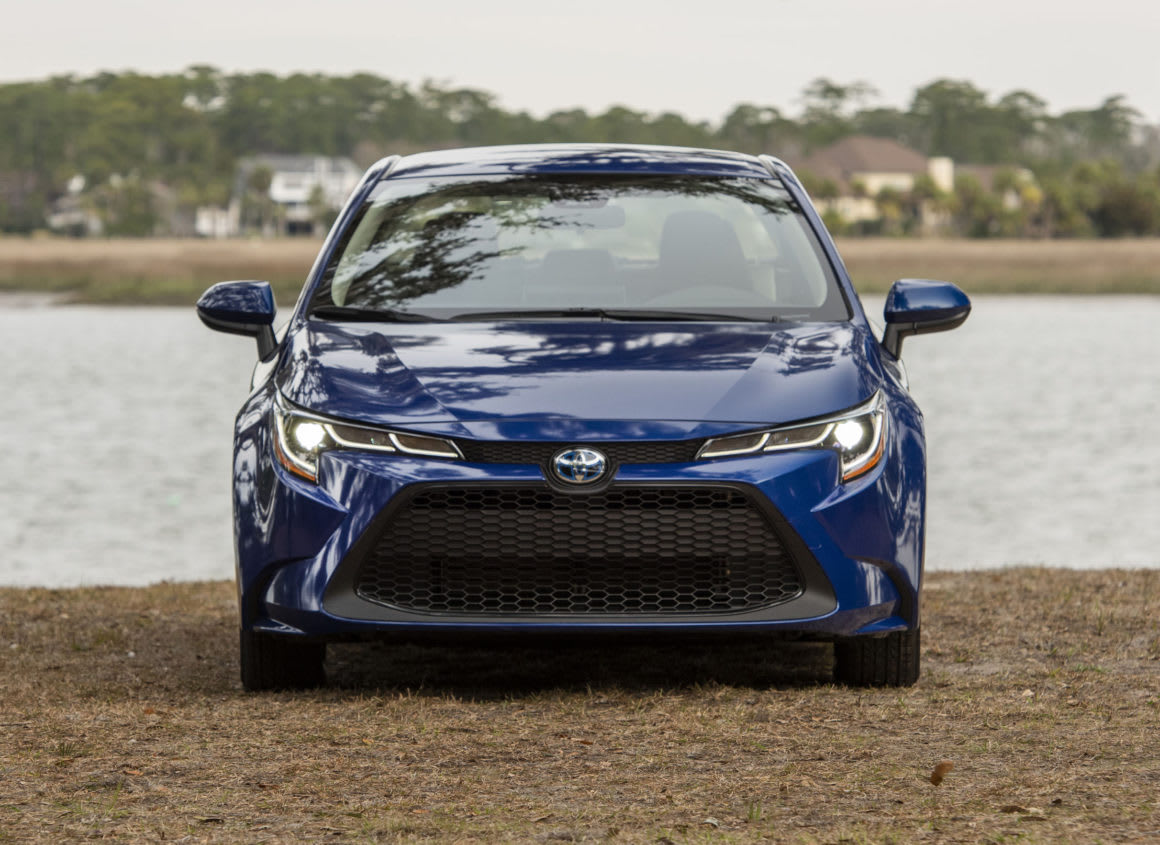
3. It’s the best-looking Corolla ever
Beauty is in the eye of the beholder, but to these eyes, the new Corolla is the best-looking one to date. This is not to say that’s a high bar to reach. I haven’t been a fan of the direction recent Toyota designs have taken. They’ve been going out of their way to prove they can design a car that’s not boring-looking. Unfortunately, the results have at times been over-the-top. For the new Corolla, Toyota sensibly held back on those impulses. “Restrained” is not a word I’ve used lately when it comes to Toyota design, but that’s the word that comes to mind with the new Corolla.
4. Controls where they should be
This could be a function of its economic class, as many other cars in the bread and butter category share this attribute: Controls are where you expect them to be. This makes the learning curve so much easier to master. Door handles, gear shifter, AC and heater controls, windshield wiper controls, the radio—all in the most intuitive locations. Oh, and about that radio? It’s the best sounding radio I’ve heard come standard in a car of this class, ever.
5. Fit and finish
No one will mistaken the Corolla Hybrid for a Lexus (well, some may), but the fit and finish of this car’s interior is pretty remarkable. It’s hard to get away from hard plastic in this price category, but the Corolla Hybrid hides the plastics in places you don’t see as often. Up front, soft-touch materials are strategically placed closer to eye level and within arms reach. But even the hard plastics in the cabin are tastefully finished. Some car interiors look as if they were inspired by the faceplates of 1980s ghetto blasters. Thankfully, Toyota took a more subtle approach with the interior design of the new Corolla.

6. Effortless
Coming home from a Hard Day’s Night, one doesn’t want to be in a car that takes a lot of effort to drive. The new Corolla Hybrid is a low-effort car. The standard Smart key allows you to unlock and open the door with just a pull of the handle. No need to push a button first, as is oddly required of many domestic brand cars. Opening and closing the door takes little effort. The door feels lighter without feeling tinny. They still shut with a reassuring “thunk”, but you don’t need to be a weightlifter to move them. Once you’re in, you put on the seatbelt, push “on”, put it in gear and go. There’s no requirement to study and ponder the controls as with some vehicles.
7. Get fewer speeding tickets
With the Corolla Hybrid, you are almost assured of getting fewer speeding tickets. There are several factors at play here. For one, the Corolla Hybrid is no speedster. Acceleration exists, but barely. And when you do hit the gas pedal, you sense the car is not pleased. Under moderately hard acceleration, the continuously variable transmission seems to work with the gas motor to keep the RPMs at a rather noisy level. It makes the engine drone rather than hum. Back off on the accelerator, and the car sounds happier. As with the Prius, it’s a more enjoyable driving experience when you’re keeping within city speed limits and not driving aggressively. It’s as if the car is asking you, “what’s your hurry?” So not only is the car not in a hurry, it actually has a way of convincing you you’re really not in a hurry either. Driving the Corolla Hybrid will likely reduce your stress level and probably save you from a speeding ticket or two.
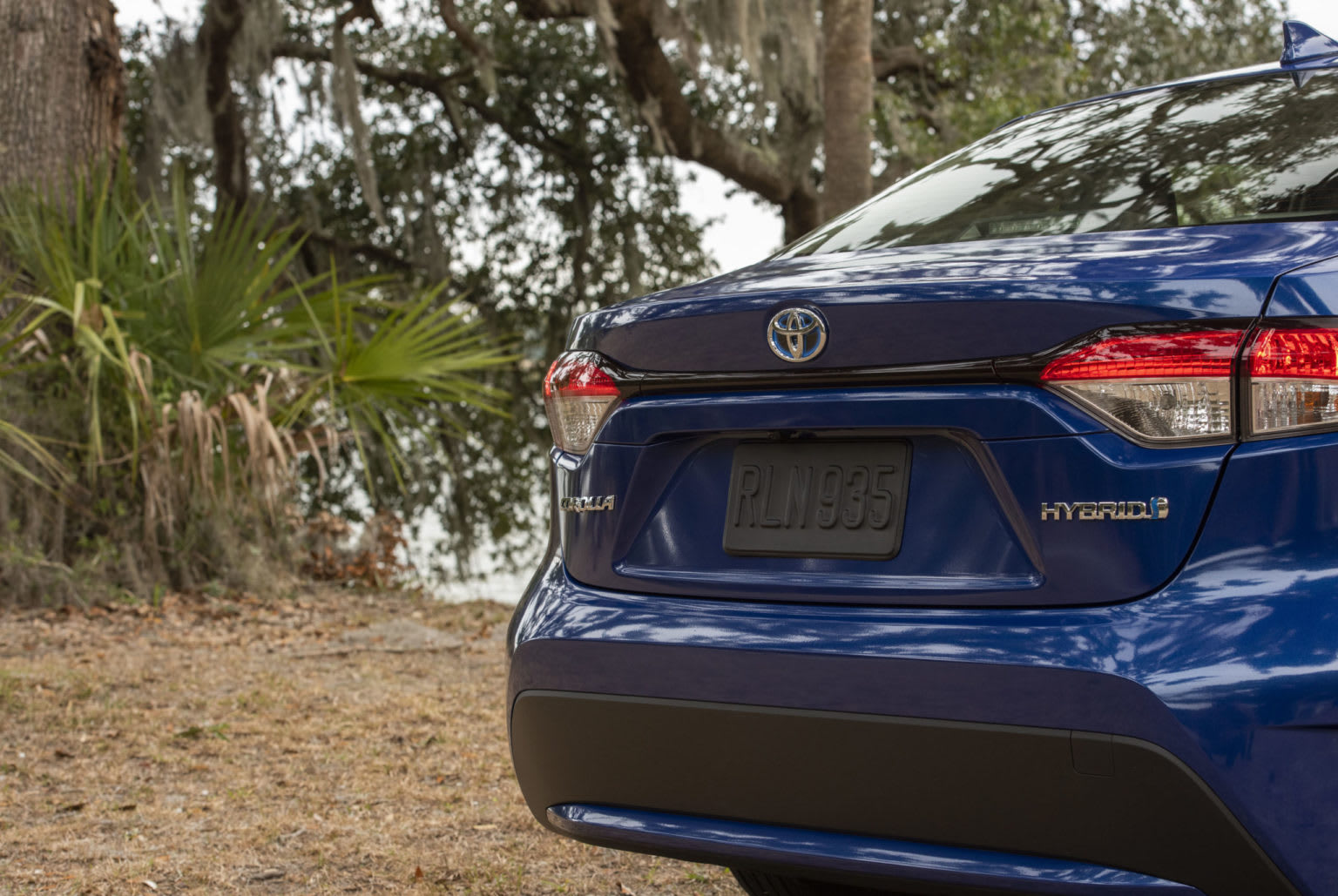
8. Enjoy the ride
Few drivers want their car suspensions tuned for the track. Even tuning the Corolla to roll around corners like a sport sedan will likely not be appreciated, given the car’s “what’s your hurry?” demeanor and the usual sacrifices in comfort that come with suspension stiffening. So the folks at Toyota wisely tuned the suspension for comfort over normal, imperfect roads. For the Corolla Hybrid, Toyota upgraded the rear suspension with a multi-link design (foregoing the base Corolla’s torsion beam set-up). What results is ride comfort that exceeds what’s expected for a car of this class.
9. The spouse wants one
Over the past couple of decades, many cars from the press fleet have made the way in and out of our proverbial test garage. Sports cars, sport sedans, tuna boats, microcars—you name it. Few have caught the attention of my spouse the way this one has. Maybe it’s because she owned two Priuses and loved the economy and effortless driving associated with electric and electric hybrid cars. Maybe it’s because the E30 Corolla was her first car. Or maybe it’s a combination of all the aforementioned factors. I’m pretty sure the following factor is not lost on her:
10. A lot of car for the asking price
The new Corolla Hybrid represents a lot of car for the money. With the average price of a new car topping off at just over $36,000 these days, the Corolla Hybrid rolls in more than $10,000 below that mark. Our test vehicle is priced at $25,233, but even the base model, at $23,880, is well-equipped. This car is a bargain to buy. It’s also likely to be a bargain to own and maintain. If history is any indication, the Corolla Hybrid will last longer than you’ll ever want it to.
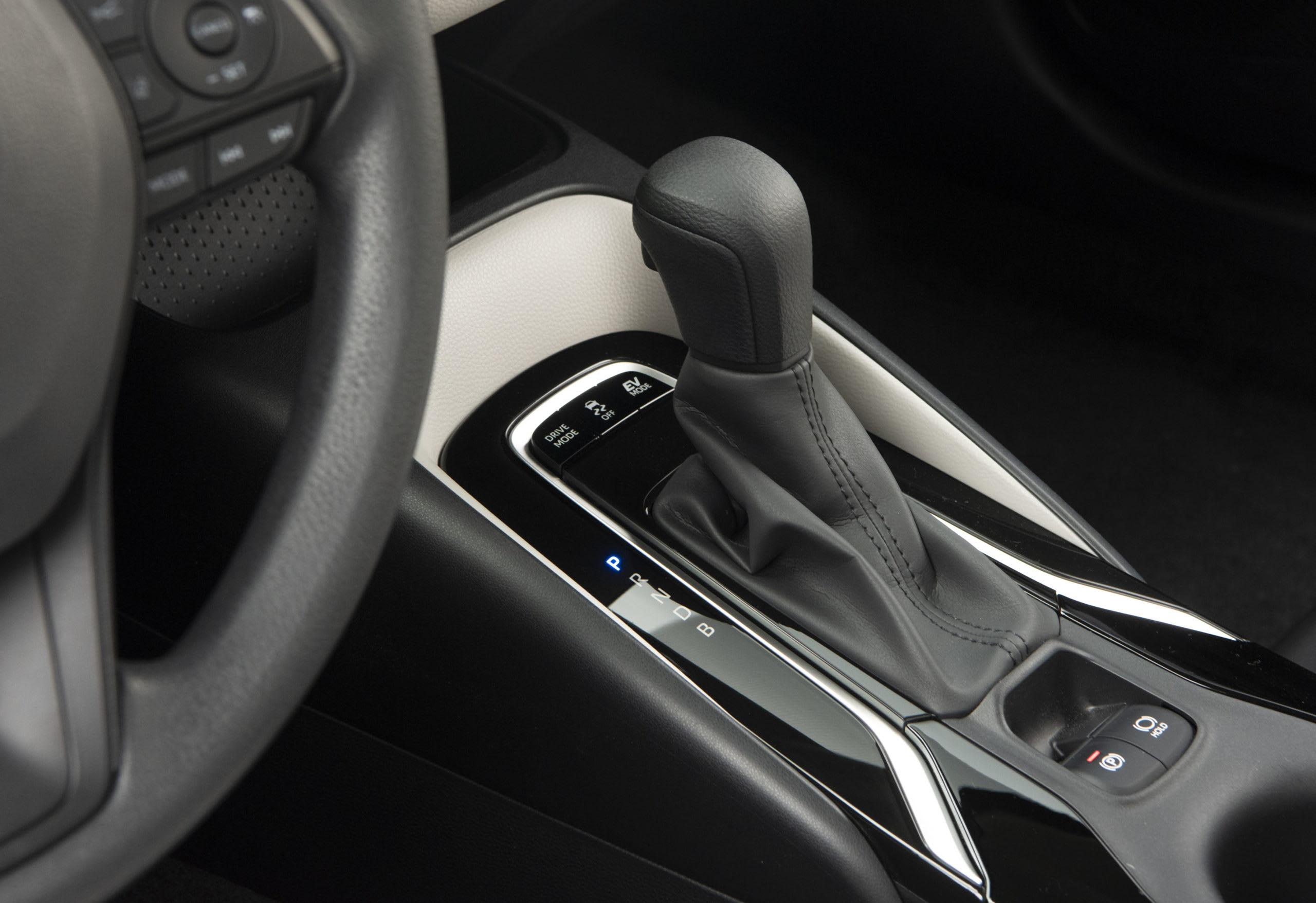
SUMMARY JUDGMENT
It’s the Prius for people who don’t want to be caught driving a Prius. For more information about Toyota products, go to toyota.com.
THE MAIN INGREDIENTS
Name of vehicle: 2020 Toyota Corolla Hybrid
Price: $23,880 (Corolla Hybrid base) --- $25,233 (Corolla Hybrid as tested, with frameless Homelink mirror, alloy wheel locks, carpet mat package, and body protection package)
EPA fuel economy ratings: 53 city/52 highway (miles per gallon)
Engine: Hybrid 1.8-liter DOHC 16-valve four-in-line with Dual VVT-i
Transmission: Electronic CVT
Drive configuration: Front-wheel drive
Steering: Electric power assisted rack and pinion
Suspension: Independent MacPherson struts up front; multi-link rear
Brakes: Power-assisted, ventilated front discs and rear drums
Wheels and tires: 15-inch alloy wheels with covers and P195/65PR15 all-season tires
EPA size category: Compact car
About The Author

Roy Nakano gave birth to LACar in the late '90s, having previously delivered LA Audio File back in the '80s. Aside from the occasional review, Roy likes to stray off the beaten automotive path: "Six Degrees of Reparations" reflected on the regretful ethical paths taken by car companies throughout history. "Traveling Through the Past and Present of the Green Book" looked at businesses that took a stand against racism and the man that wrote the book on where to find them. "Best Cars to Drive in Rush Hour Traffic" was an LACar guide published in the pre-GPS era. "In Search of the First Datsun 510 Tuner" looked at one of the milestones in the origin of import tuners. And "Us vs Them" examines the instances when rivalry among automotive enthusiasts crossed the line to violence and even death.
